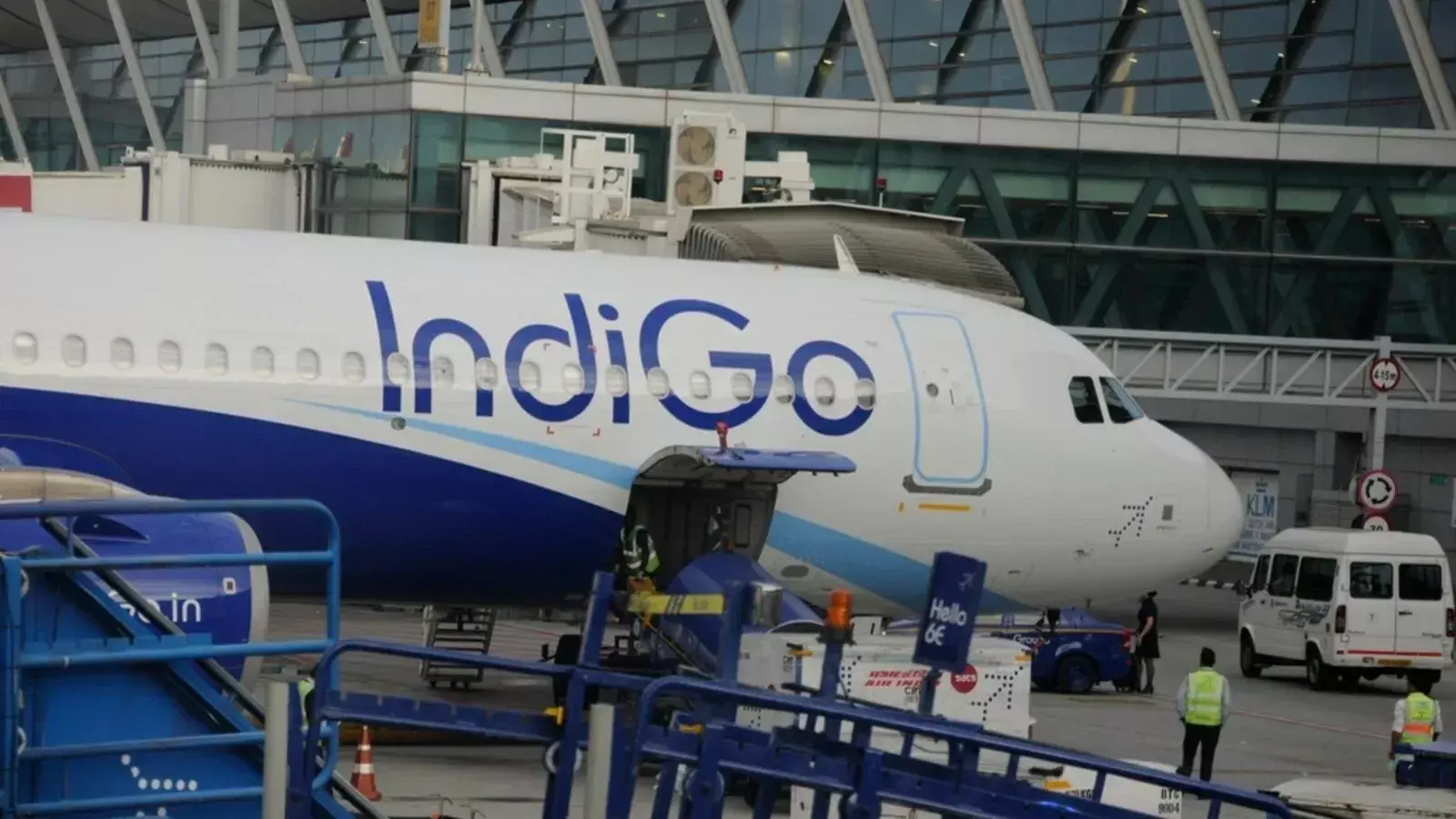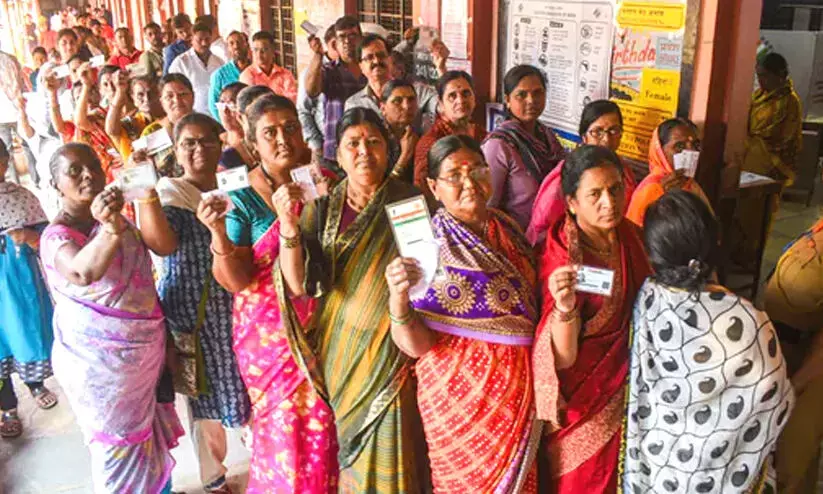
Cyclone Dana's impact minimised in coastal Sundarbans by Mangrove belt
text_fieldsKolkata: The mangrove belt barrier in the coastal Sundarbans region, which is scattered over the South 24 Parganas and North 24 Parganas districts of West Bengal, served as a crucial speed breaker and lessened the impact, greatly allaying fears that Cyclone Dana would wreak havoc.
Experts pointed out that the mangrove belt barrier enabled wind reduction, just minimising the impact of the cyclone and also acted as a “storm surge protection” meaning absorption of the wave energy, thus shielding the coastal communities there, IANS reported.
At the same time, according to experts, the mangrove belt barrier acted as the “shoreline stabiliser” where roots holding soil in place prevented erosion.
The barrier also resulted in “carbon sequestration” resulting in the absorption of carbon dioxide thus mitigating climate change.
Explaining how mangroves reduce cyclonic impact, acclaimed green technologist and environment activist Somendra Mohan Ghosh said that the first important factor is that mangrove vegetation creates friction which slows down wind speed substantially and this minimises the impact.
“At the same time, the mangrove forests play an important role both in ‘water attenuation’ and ‘water filtration’. While ‘water attenuation’ helps in reducing the storm surge through absorption of water energy, ‘water filtration’ becomes instrumental in filtering out sediment, pollutants, and excess salts,” Ghosh explained.
Understanding that a series of cyclonic storms hitting the coastal belts of West Bengal make the Sundarbans area most vulnerable on this count, a group of environment activists and protectionists under the aegis of Nature Environment & Wildlife Society (NEWS) in 2007 started a mission to achieve a permanent and concrete protection from the cyclone ravages.
NEWS, involving the local women, started ‘Project Green Warriors’, a mission for large-scale mangrove forestation in the Sundarbans region.
The project started in 2007 with just around 50 hectares of land spread over three small local villages of Dulki-Songaon, Amlamethi and Mathurakhanda.
Then in the month of May in 2009 came Cyclone Aila, whose tail only touched Sundarbans and moved to Bangladesh.
While the rest of the Sundarbans were severely affected by the touch of the tail, the patches of land where the mangrove forestation was done under the project were absolutely untouched.
That was an eye-opener. NEWS started fund mobilising, doing risk-mapping and between 2010 and 2015 over 18,000 local women involving over around 4,600 hectares of land scattered over 183 villages in 14 community development blocks in the Sundarbans areas were brought under this large-scale mangrove forestation.























